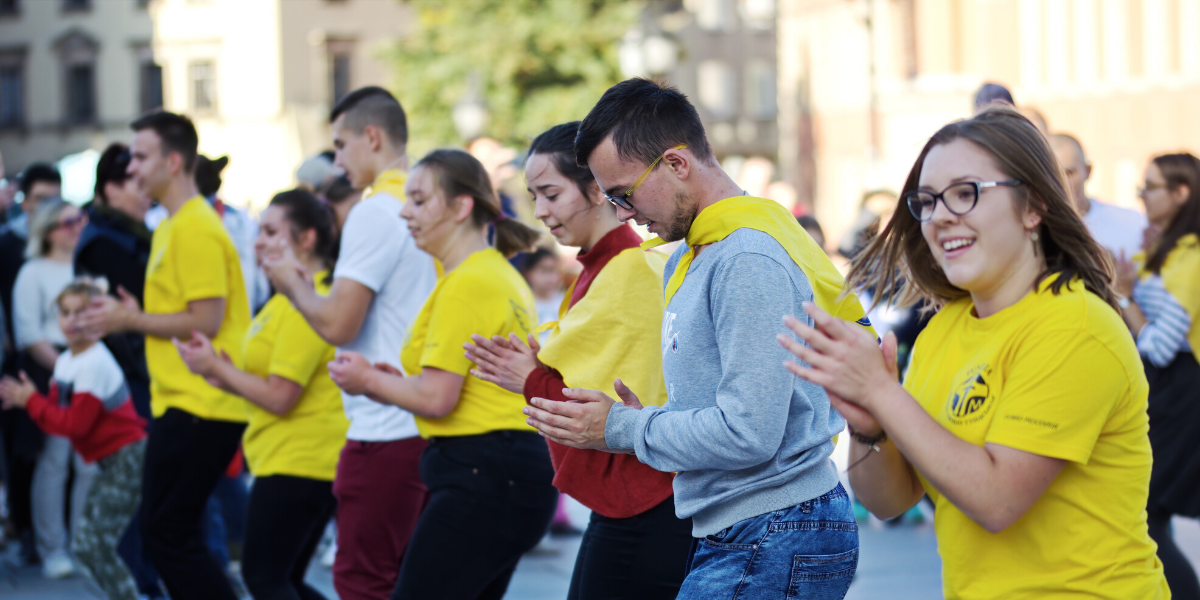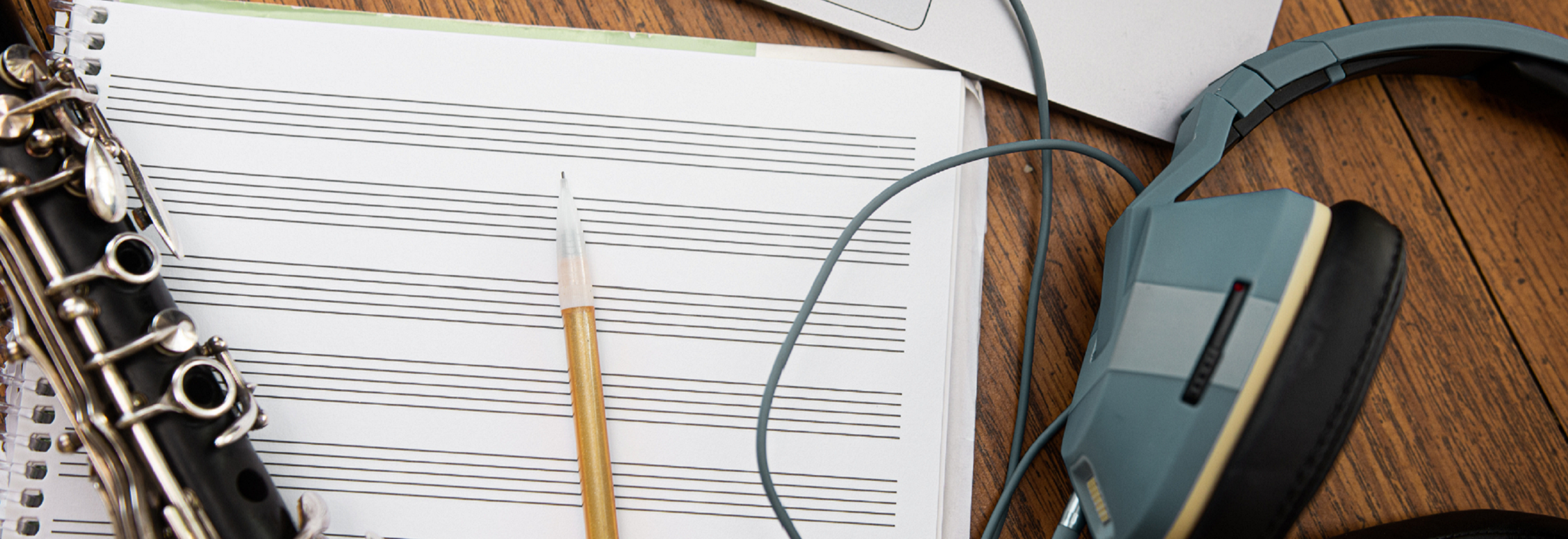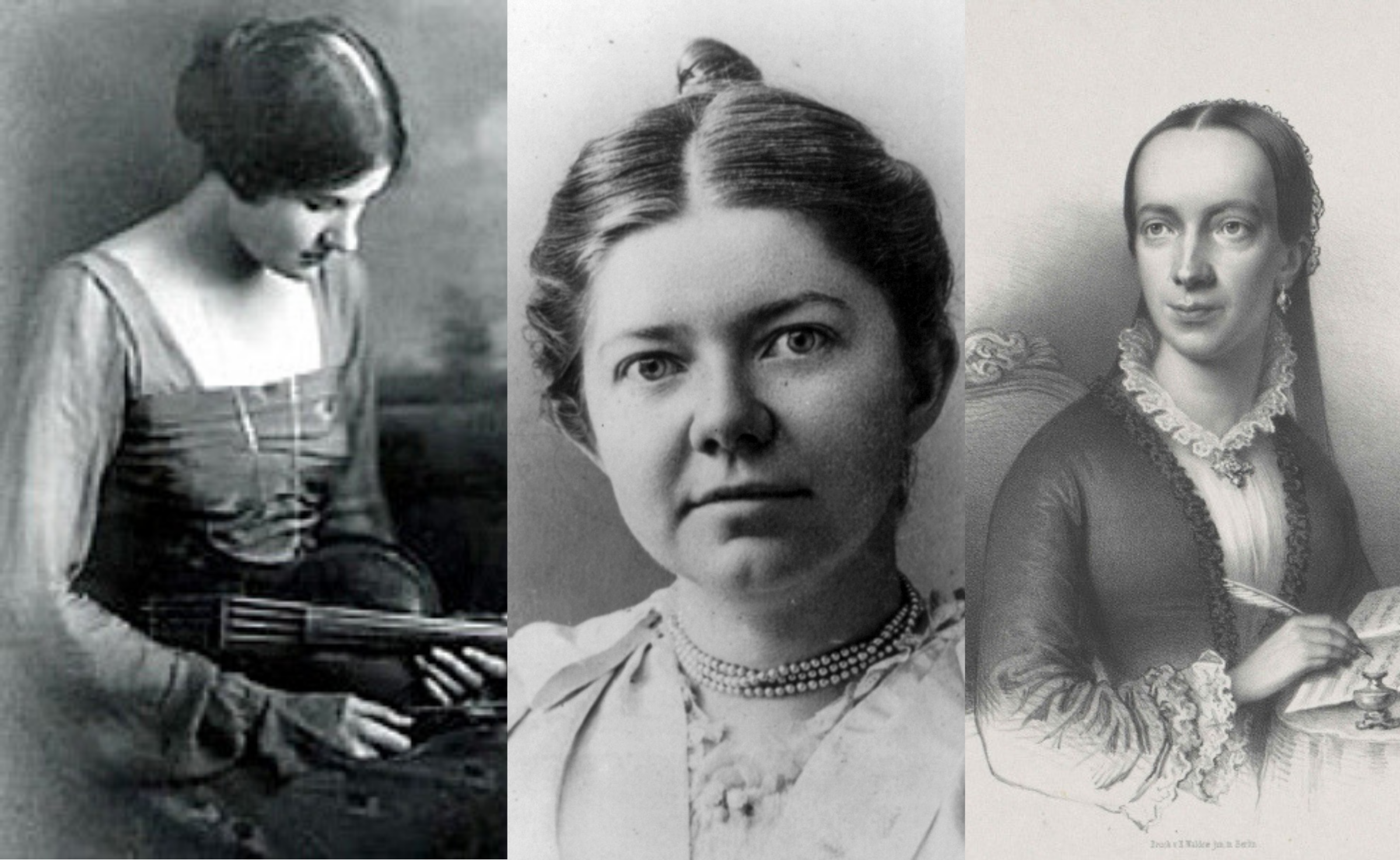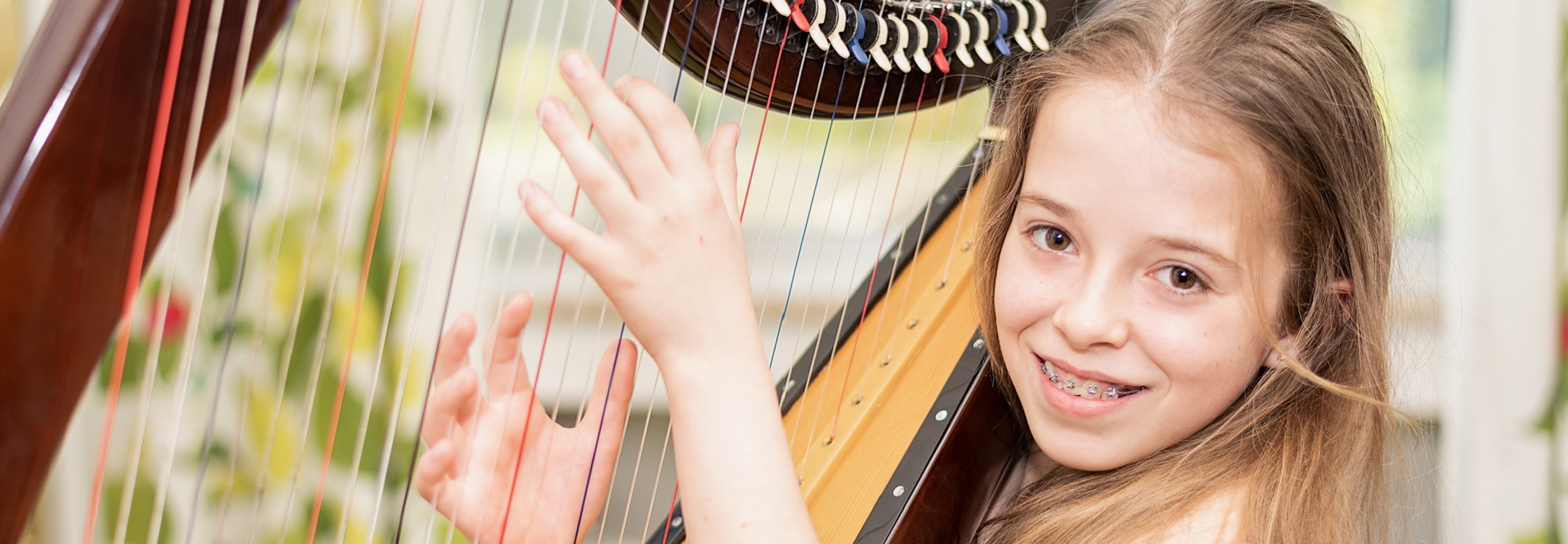
Body percussion: a step-by-step (and clap-by-clap) guide.

BY: John Molloy
13 May 2020
Toby Davies, Trinity’s National Adviser for Rock & Pop is a professional musician and music educator, teaching in a school in north London. With the COVID-19 lock-down in effect he has dedicated some teaching time to recording a series of fun and useful videos that introduce ‘body percussion’ as a means to produce music, through an adapted piece based on The Hands and Feet Overture. This is a great activity that can be used with students in online sessions and also provides a physical workout too!
We asked Toby a few questions to help introduce the videos (they can be viewed below). We’ll be adding the other videos in the series over the coming weeks so you will have the full piece available to learn from start to finish.
What exactly is body percussion?
Body percussion may be performed on its own, or as an accompaniment to music and/or dance. Body percussion is a fusion of movement and sound. It is where we use our bodies to make percussive sounds and rhythms.
How can body percussion help students musically?
All musicians will benefit from engaging in some type of body percussion. It is a great way for the whole body to feel and engage with the process of music making. It is also a great starting point to feeling work on feeling a pulse and understanding beat.
What is the piece people will be learning through your series of videos?
The piece of music I am teaching is a slight adaptation of Chris Marshall’s - The Hands and Feet Overture. This is a piece of music that uses three sounds: a clap, a lap and a stamp. It is a flowing rhythmical piece with some lovely phrases. Once you get to the point where you are able to link all three videos, it also becomes a good physical workout.
What would be your best tips for teaching body percussion?
I would suggest if you are new to body percussion, pick two easy sounds, this may be a stamp and a clap for example. I would suggest starting with a really basic rhythmical pattern that you are able to keep going. Once you are comfortable with this, you can look to develop more sounds and create more complex rhythms. Quite often people use famous rhythms such as a clave as a starting point to creating body percussion rhythms.
Anything else you would like to add about the videos or body percussion?
I use this as warm up activity with all types of learners. It is a great thing to build up to, by just learning a little bit each week. Once you have taught the main piece you can use it in lots of different ways. You may ask students to make up their own ending for example. Or try performing in a round, although for this to work you will need two strong leaders.
|
PART 1
|
|
PART 2
|
|
PART 3
|
Related posts
BY: Natalie Christopher




Comments & Replies